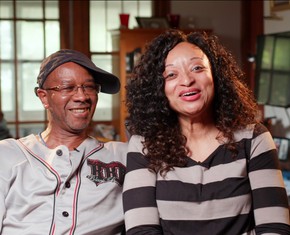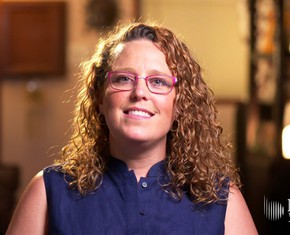The Baha’i writings “unpacked implicit bias 70 years before Harvard ever came up with this initiative [of the] implicit bias test,” says Robin Chandler, a Baha’i and social scientist living in the Boston area.
In a letter written in 1938, Shoghi Effendi, one of the central figures of the Baha’i Faith, described implicit bias as a “usually inherent and at times subconscious sense of superiority” and instructed white people “to correct their tendency towards revealing a patronizing attitude towards the members of the other race.”
Robin says that the letter includes what she calls “the seven-point behavioral model,” and it explicitly explains what black and white people need to do to bring about race unity.
In this short clip from the project “The Race Unity Project,” Robin stresses how important it is for people of all ages and backgrounds to read this letter, which is called “The Advent of Divine Justice,” in its entirety and to study it with their families. The effort is produced by Journalism for Change, Inc, a nonprofit media organization founded by filmmaker and human rights activist Maziar Bahari. The project tells “the century-long story of the American Baha’i community and its efforts — as well as its tests and challenges — in promoting race unity.”
“There are a lot of these precious gems in it [the letter] that are shared with us from a spiritual point of view,” says Robin. Watch as Robin shares how this behavioral model addresses how people try to avoid doing their part in ending racism, which is what Baha’is regard as “the most vital and challenging issue” facing Americans today.
Radiance Talley serves as the director of operations at BahaiTeachings.org, where she integrates her expertise in SEO, journalism, design, and publishing into every aspect of her work. She has edited and written hundreds of articles for BahaiTeachings.org and has also written and optimized articles for...
READ MORE
















Comments
Sign in or create an account
Continue with Googleor